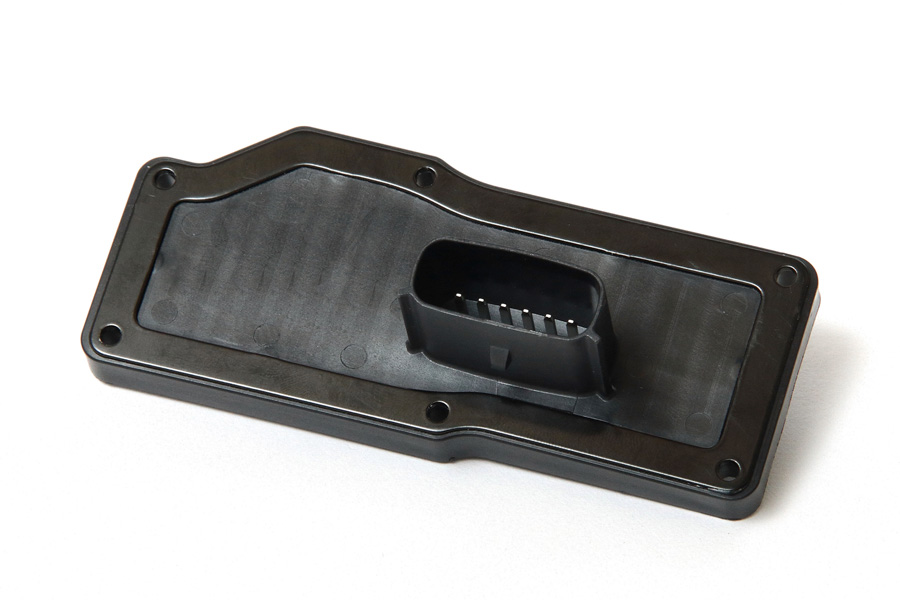
Your blog feed for digital manufacturing resources, in-depth features, and industry news.
However, to ensure consistent product quality and maximize the lifespan of your molds, proper mold maintenance is essential. Regular upkeep helps prevent defects, reduces downtime, and ensures smooth production runs.
In this article, we’ll share essential plastic bucket mold maintenance tips to help you maintain your molds, improve performance, and extend their service life.
One of the most important aspects of mold maintenance is keeping your molds clean. After every production cycle, cleaning the mold thoroughly will help remove any plastic residue, dirt, or debris that may accumulate during the injection molding process.
Molds with moving parts, such as ejector pins or slides, require proper lubrication to prevent friction and wear. Without adequate lubrication, parts may stick or become damaged, leading to production delays and poor-quality products.
Efficient cooling is critical to the success of the injection molding process, especially for plastic bucket molds. A properly functioning cooling system ensures that the mold cools evenly, reducing cycle times and minimizing defects in the final product.
All molds experience some level of wear and tear over time, especially with frequent use. Regularly inspect your mold’s surface for signs of degradation, such as rough spots, scratches, or changes in texture.
When molds are not in use, proper storage is crucial to prevent damage from environmental factors such as moisture, dust, and temperature fluctuations.
The condition of your injection molding machine directly affects the performance of your plastic bucket mold. Regular maintenance and calibration of the machine are essential for achieving optimal results and preventing mold damage.
The quality of the plastic material used in the injection molding process directly impacts the mold’s longevity. Low-quality plastics can cause excessive wear and increase the likelihood of clogging or damage to the mold.
Maintaining the right mold temperature is crucial for both the efficiency and the longevity of your mold. Uneven or excessively high temperatures can lead to mold distortion, poor cooling, and defects in the final bucket product.
Proper plastic bucket mold maintenance is crucial for ensuring the longevity and efficiency of your molds. Regular cleaning, lubrication, and inspections can prevent costly repairs, reduce production downtime, and improve product quality. By following these tips, you can extend the life of your molds, ensure high-quality buckets, and maintain a smooth and efficient manufacturing process.
Investing in mold maintenance not only saves you money in the long run but also ensures that your production stays on track and your products meet the highest standards. Whether you’re producing buckets for industrial, household, or commercial use, well-maintained molds will keep your operations running smoothly and your customers satisfied.
Your blog feed for digital manufacturing resources, in-depth features, and industry news.
31 Southlands Road
POLESWORTH
B78 0FL
We will reply to you in 20 minutes.
Our team is online, can be helpful for you.
Our team is online, can be helpful for you.
Didn’t find what you want? Ask our leader for help directly!